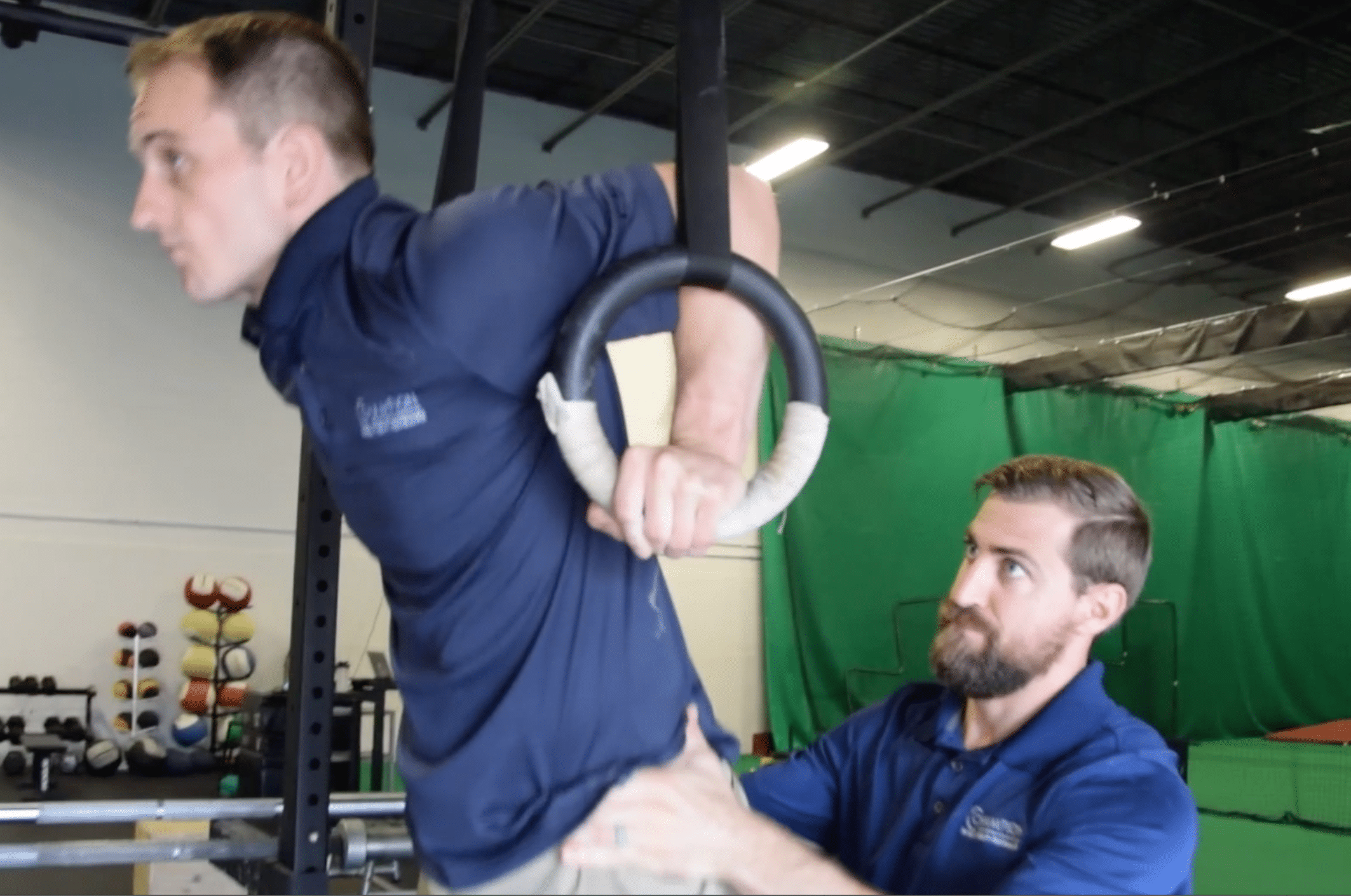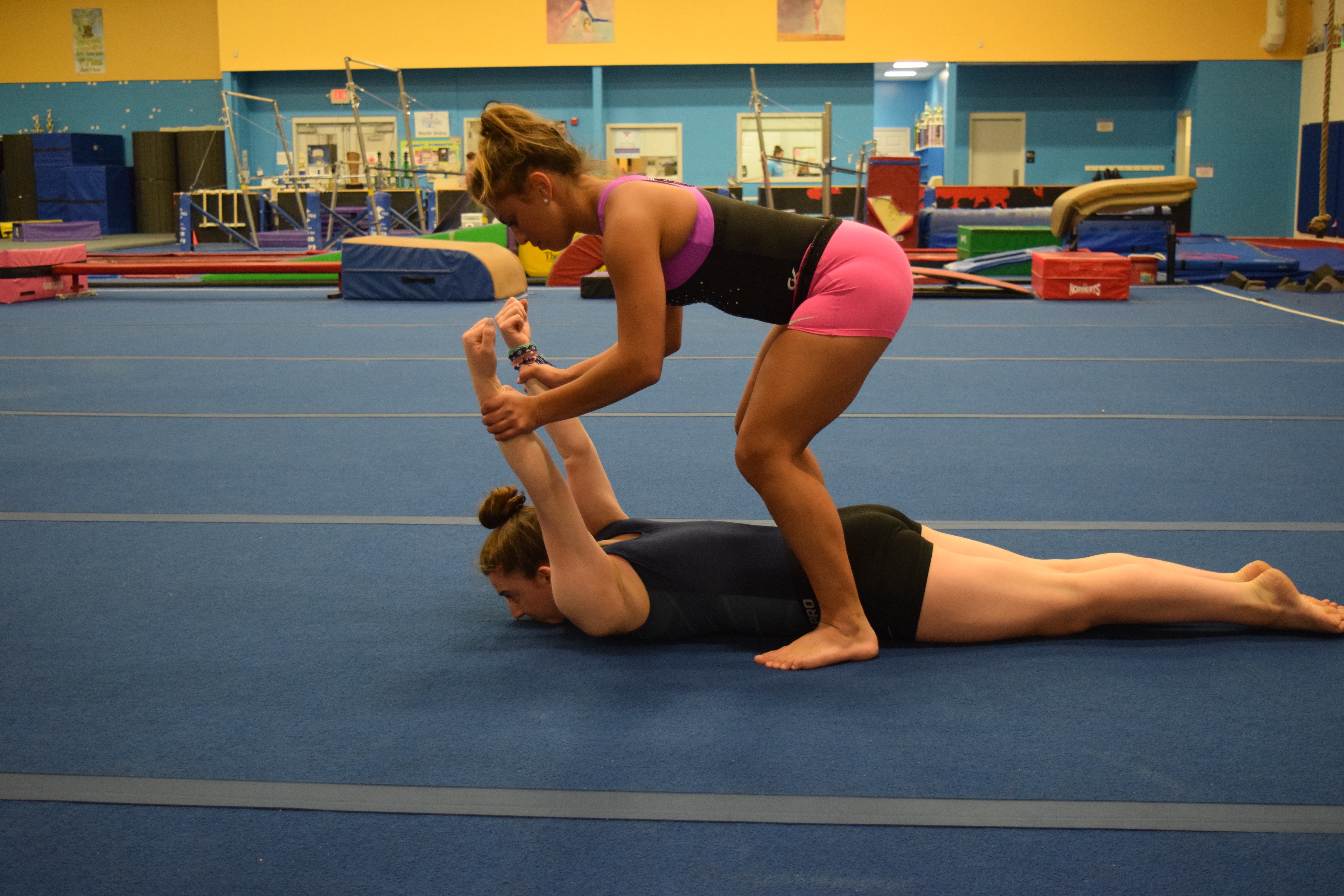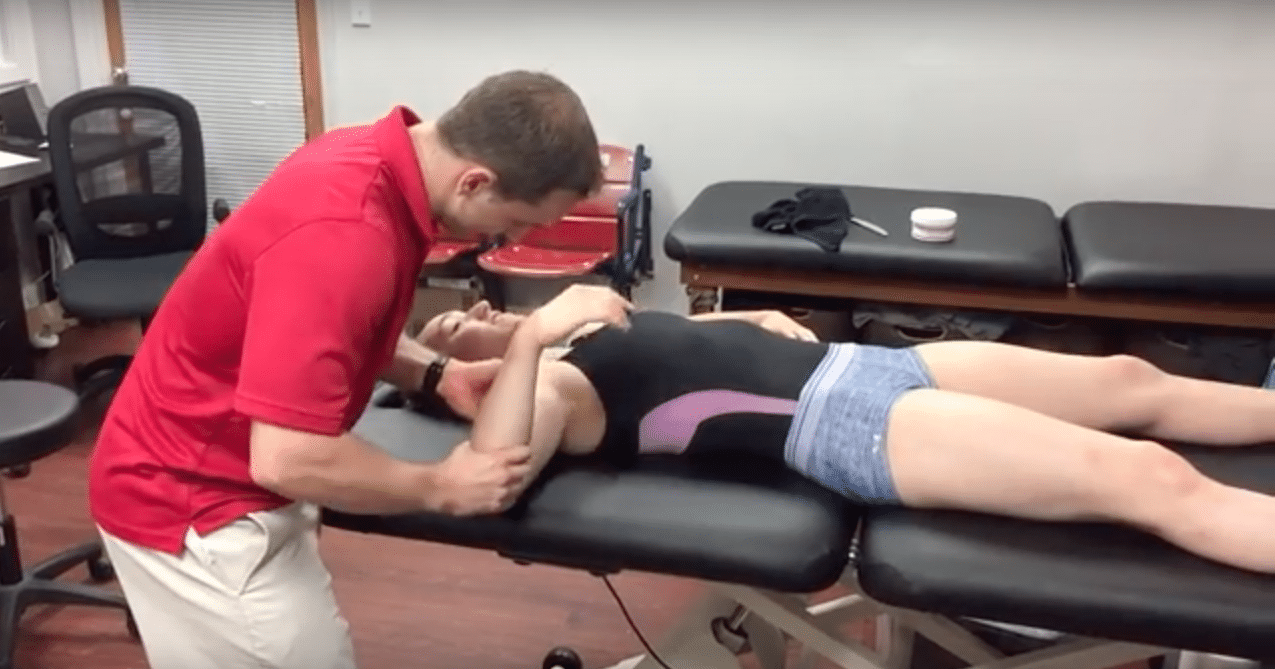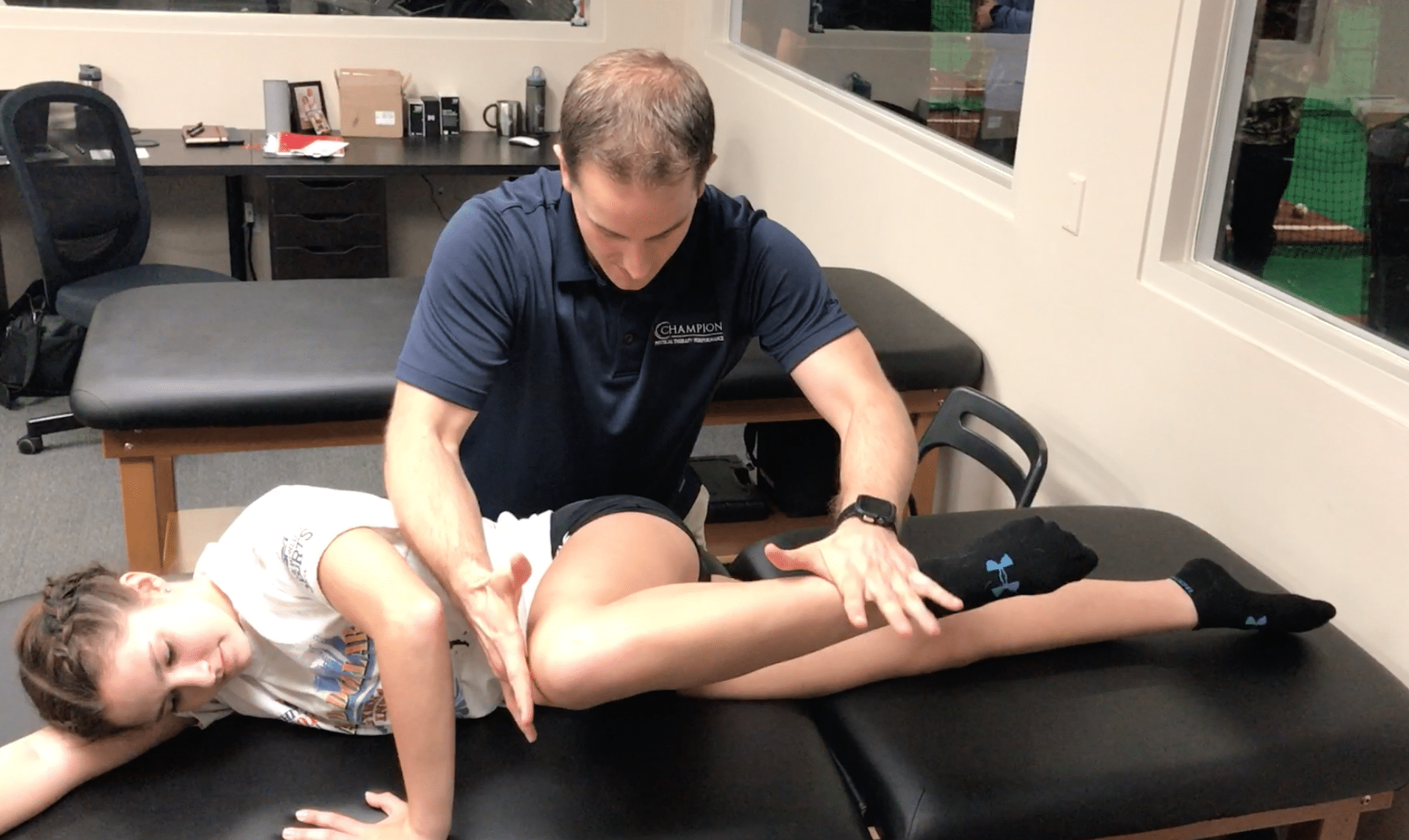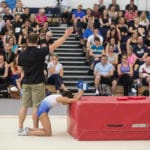How to Safely Return to Dips After a Shoulder Injury
Due to my dual involvement in gymnastics as well as CrossFit, I see a ton of patients who have suffered a shoulder injury but would like to get back to training gymnastic skills. My good friend Dr. Dan Pope and I work with hundreds of athletes per year and are looking for ways to safely get back into training skills such as pull-ups, dips, muscle-ups, and more. there has been a ton of information put out about how to see the return to things like pull-ups and push-ups, as they are part of many people’s general fitness routine. Returning to dips, however, is a skill that does not seem to have a great roadmap in terms of the proper lead-up progressions to work through before actually trying a body weight dip.
In today’s post, I hope to offer a handful of my favorite progressions that I recommend people work through once they are out of pain and are looking to get back into training. Keep in mind that although everyone should work through the first steps, not everyone will go through the entire progression list
Table of Contents
1. Anti-Gravity Shoulder Extensions
The goal of this drill is simply to just work shoulder extension in an anti-gravity position, which helps recruit active mobility to end range before it is introduced to load.
2. Half Kneeling Single Arm Band Dips
This is my go to entry drill for people looking to do dips. It involves a half kneeling position for better core control, and is very easily scalable up or down depending on band resistance.
3. Top and Bottom Position Holds (Stable Surface)
I always like to start on stable surfaces first to help positional awareness, and first starting with pause holds will prepare the end ranges of motion under the appropriate amount of loading. Use a box to take off as much weight as needed.
4. Stable Surface Spotted Tempo – Pause Dips
The next natural progression of pause holds are full motion dips, but with sub body weight loading. This can be done with boxes, a partner, a band, or other means.
5. Tempo – Pause Dips Stable Surface
Once the sub body weight drills are performed well without pain, the next step is tempo, pause stable surface dips
6. Dip Top and Bottom Holds Unstable Surface
Just as above with the stable surface, the best way to get started on unstable surfaces like rings are with positional holds
7. Spotted Tempo – Pause Dips Unstable Surface Spotted
+/- Ring Thing Dip Training
Again, spotted versions from boxes, partners, or bands are best to slowly reintroduce non-full body weight dips. I am also a huge fan of the Ring Thing that our good friends at Power Monkey Fitness have created for training. When used appropriately, it’s a fantastic rehab tool for those looking to get back to ring work. Above you can see Dave Durante crushing some tempo pause dips with his body weight suspended.
8. Tempo – Pause Dips Unstable Surface
Following full comfort and time within spotted version, next can come Tempo – Pause Dips, or as seen above full muscle up versions
9. Weighted, Dynamic, or Higher Level Skill Work
The last step in building skill work is to really push the demand of the tissue in the shoulder for more force absorbing, producing, and dispersing loads. This can be done with a dynamic swing to pause work, weighted tempo dips, or more skill-specific drills. Again, not everyone will want to get here so it is not part of the standard progression Dan and I use.
10. Metabolic Integration
Lastly, for those who are looking to compete in the fitness arena, we would create metabolic circuits or workouts that use the positions above. Similar to the progression, it’s typically a good idea to try and add strict dips with full control, then the more dynamic skills, and try to limit the number of reps done under heavy fatigue when starting.
.
Concluding Thoughts
A few points to consider when trying to jump back into this dip progression
- You should have no pain or discomfort during the progression. If you can’t even do a prone unweighted slide or a standing version due to mobility restrictions or pain, there is still more work to be done in the rehab department
- Everything should have controlled tempo descent, pause, and positional awareness. I firmly believe that many shoulder injuries with dips or muscle-ups come because people really aren’t prepared from a mobility, strength, or technique point of view. For more thoughts on this, check this article on “3 Ways to Reduce Shoulder Injuries in Muscle Ups“
- We highly encourage people to get a full movement assessment and work with a skilled rehabilitation provider as compared to just trying the positions and seeing what happens solo. Someone to help guide you and give the appropriate work to fix issues is super important
- There is no “golden standard” for a timeline on when to move to the next progression, how long it will take, and what the long-term timeline will be. Dan and I treat a huge range of 1) injury severities mild tweaks to larger blowouts 2) training background and training age 3) goals 4) previous injury history 5) other movement or injury issues alongside the shoulder injury. The reason I say all of this is that so many factors make it impossible to give someone a firm timetable on a return to high-level sport. Our advice and how we approach things in the clinic are to slowly introduce the movements with 24 hours between sessions and always maintain time for soft tissue work and baseline strength/technique work.
Hope this was helpful!
– Dave Tilley DPT, SCS, CSCS

